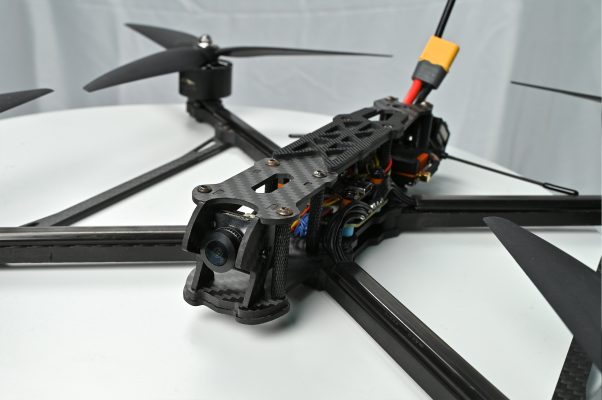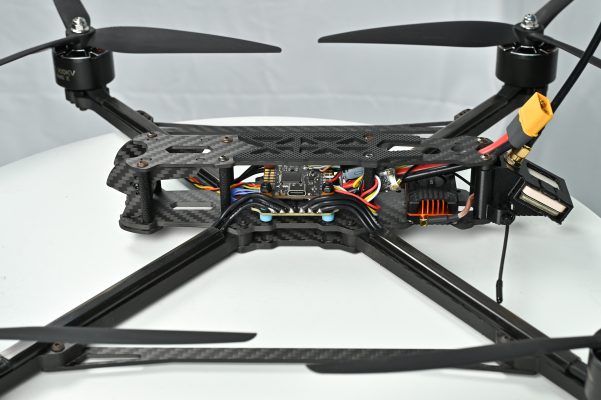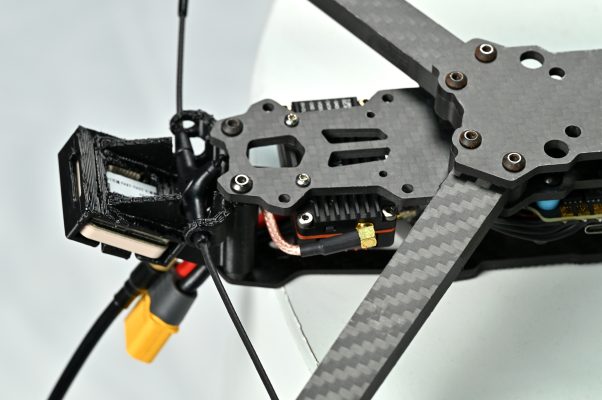Blog
Analog vs Digital FPV Systems – Which One Should You Choose?
Introduction
Choosing between analog and digital FPV systems is one of the first major decisions in your drone journey. Each has unique strengths and weaknesses depending on your budget, goals, and flying style.

What’s the Difference?
-
Analog FPV: Uses traditional video transmission (usually 5.8GHz). Lower resolution, but minimal latency.
-
Digital FPV: Uses modern digital systems (like DJI or Walksnail). Clearer image, slightly higher latency, more expensive.
Analog Pros & Cons
Pros:
-
Very low latency
-
Cheaper cameras and VTX
-
Compatible with budget goggles
Cons:
-
Lower image quality
-
Susceptible to interference
-
Signal degrades with distance
Digital Pros & Cons
Pros:
-
Crystal-clear HD video
-
On-screen info (OSD), recording features
-
Excellent for filming and cinematic flights
Cons: -
More expensive overall
-
Slightly more latency (10–30ms)
-
Limited to compatible gear (DJI or HDZero ecosystem)
Best Use Cases
-
Analog: Freestyle flying, racing, crashing often, flying in groups
-
Digital: Cinematic content creation, professional work, solo flights
Popular Digital Systems
-
DJI O3 Air Unit – Most popular HD system with solid range and image
-
Walksnail Avatar – Lightweight and good for smaller builds
-
HDZero – Low latency digital system, best for racing
Conclusion
If you value image clarity and plan to create content, go digital. If budget and low-latency performance are your priorities, analog still holds its ground. Many pilots eventually try both and choose based on the mission.


